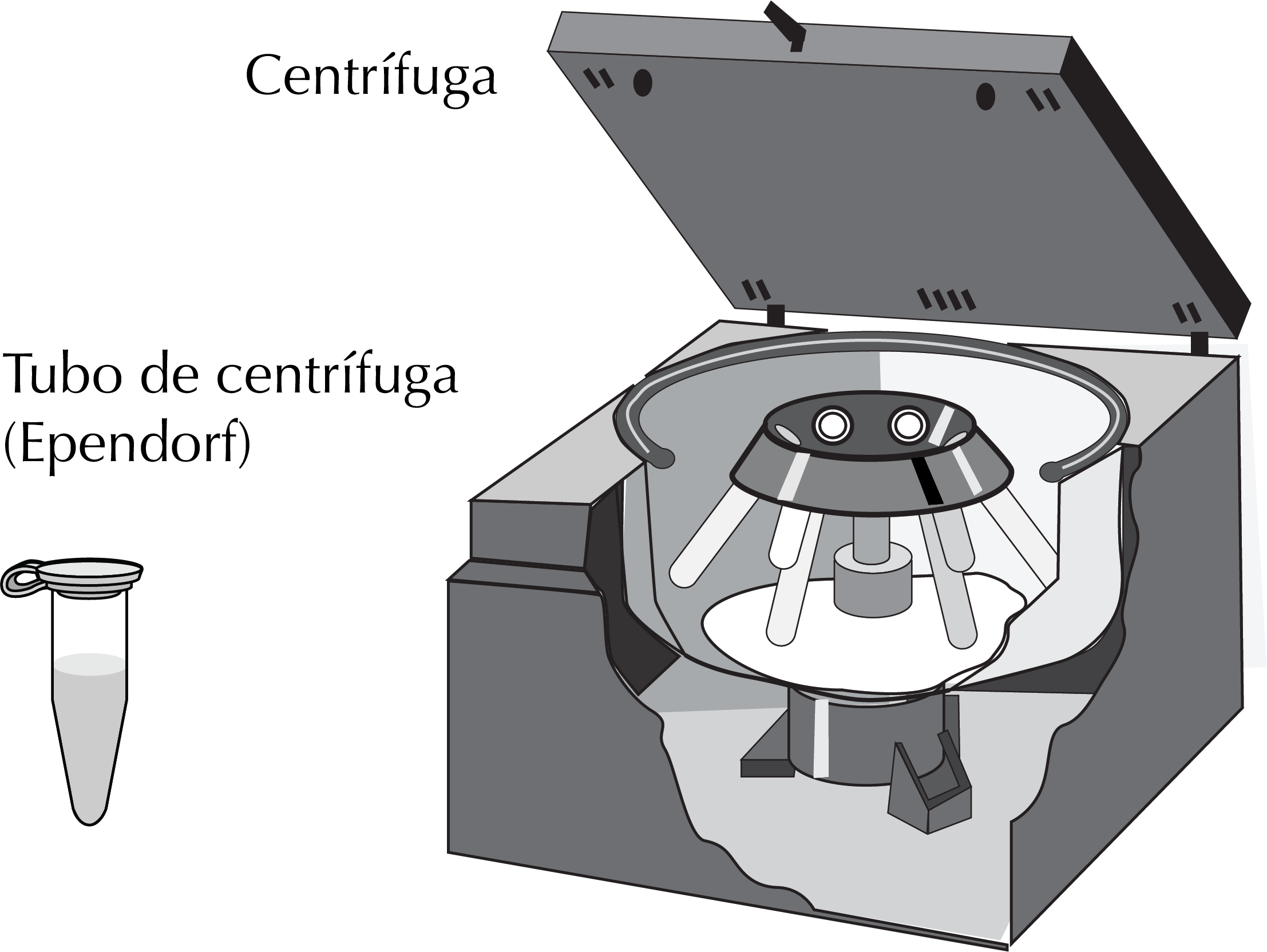Written by J.A Dobado | Last Updated on April 22, 2024
What is centrifugation ?
Centrifugation is a technique for the separation, by high-speed sample rotation, of solids suspended in a liquid (or liquids of different densities). The solids are contained in special centrifuge test tubes or in plastic containers (e.g. Eppendorf tubes).
By means of a rotation at very high speeds (where the centrifugal force exerts its action), the denser component of the mixture is deposited at the bottom of the tube and the less dense component remains closer to the mouth of the tube.
The centrifuge tubes are placed in the compartments of the so-called rotor, which must be filled with the same amount of sample so that they have the same weight. This ensures that the rotor is balanced and that no warping movements occur at high speeds that could damage the shaft.

There are many types of centrifuges (benchtop, stand-up, microhematocrit, ultracentrifuges, etc.) adapted to different types of uses and samples. There is a wide range of centrifuge tubes, both plastic and glass. They come in different sizes and designs and are usually thicker than test tubes. They generally have a capacity of 1-25 ml, and are made of glass or plastic polymers.
Centrifugation generates forces far in excess of gravity, within given periods of time. This allows the separation of suspended precipitates, cells in biological fluids, etc. more efficiently than with conventional filtration.
Although it is not a filtration technique, it can be used to separate impurities that are suspended within a liquid.